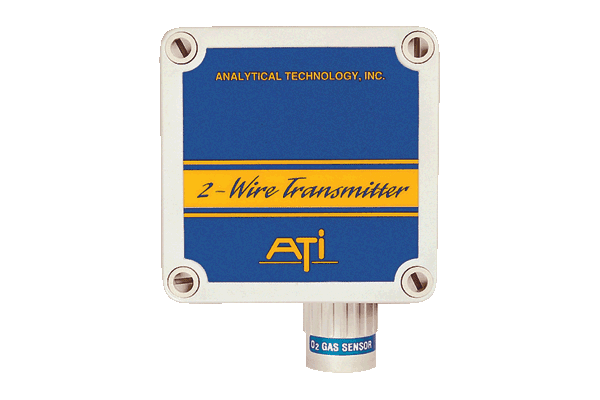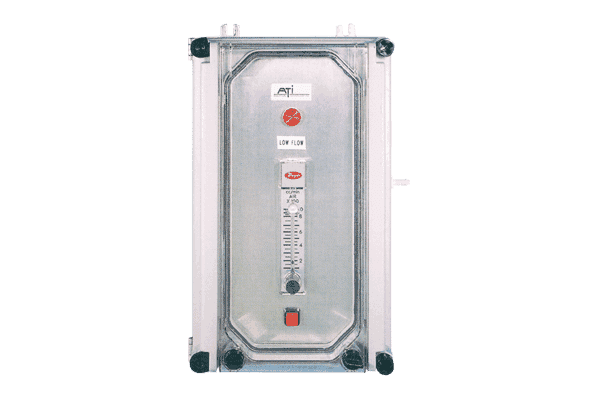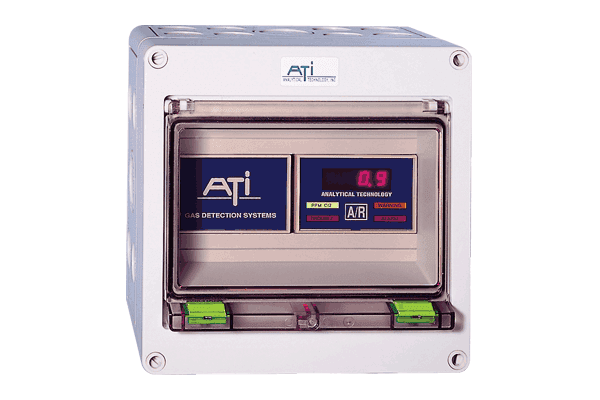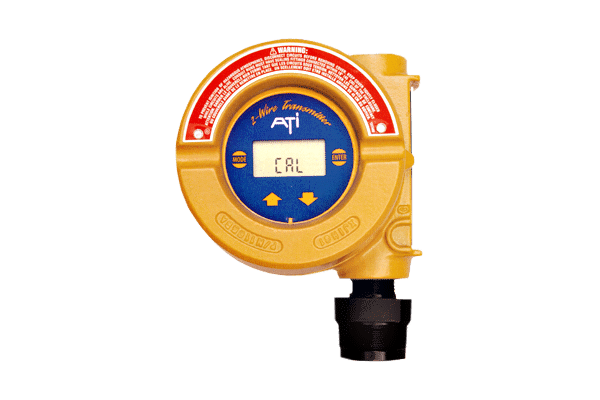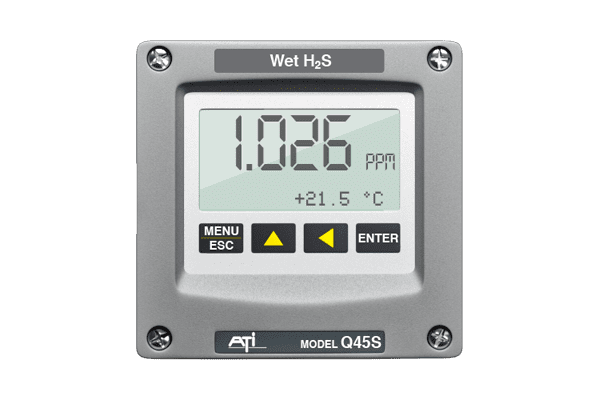ATi’s A12 2-Wire UniSens Universal Toxic Gas Transmitter handles 28 different gases, providing an economical, reliable, accurate and flexible gas measurement system.
A simple approach to toxic gas detection
ATi’s A12 2-Wire UniSens Universal Toxic Gas Transmitter handles 28 different gases, providing an economical, reliable, accurate, and flexible gas measurement system. Combining universal electronics, bench calibration capability, automatic sensor verification, fault detection, and alarming, and superior sensor technology, UniSens is your best transmitter choice.
UniSens is designed for ambient gas monitoring in all kinds of industrial environments: gas storage areas, gas compressor rooms, process piping galleries, rail car sidings, analyzer shacks, gas cabinets, chemical process areas, and more. In fact, the UniSens transmitter can be used almost anywhere that hazardous gas conditions might develop either through leakage or through natural buildup.
ATi sensing modules consist of an electrochemical gas diffusion sensor and a solid-state memory assembly. Developed and manufactured exclusively by ATi, our electrochemical sensors provide excellent response time, maximum selectivity, and superior temperature stability for reliable gas sensing in a wide range of environments. The companion memory assembly stores operational information and calibration constants, along with gas sensor identification, sensing module range, and software revision level. Complete sensing modules are housed in convenient snap-in packages that mate easily with UniSens transmitters.
This unique combination of sensor and memory lets you calibrate sensing modules with any UniSens transmitter. Instead of calibrating in the field, you can bench-calibrate sensing modules with a spare transmitter; once the sensors are snapped into a field transmitter, their calibration constants upload automatically.

